Machine Learning
Profound knowledge of machine learning and algorithms, in particular computer vision. As well as a very good skill in using deep learning frameworks (PyTorch/Tensorflow).
Profound knowledge of machine learning and algorithms, in particular computer vision. As well as a very good skill in using deep learning frameworks (PyTorch/Tensorflow).
Good use of Object-Oriented Programming in Python, as my work at CERN can show. Knowledge of coding languages such as C++, R, VHDL, Excel, SQL, Julia.
During my studies i had the opportunity of presenting many different projects in order to develop a very useful skills to have. I can communicate very precisely results and thoughts, with a very good level of english both in oral and written tasks.
As a physics student both in my bachelor and master, i have a profound knowledge in physics with a good background in mathematics. My bachelor thesis was regarding computational problems in protein folding.

Development of the python software tool used for collimation system in LHC accelerator. Data analysis of collimation lossmaps in order to avoid magnet quenching in the ring. For privacy reasons i cannot share my work here.

R library for diffusion model analysis. DIMORA (DIffusion MOdels R Analysis) is a statistical package that allows the analysis of diffusion data using different models, among the most used and useful. The need for this package arises from the lack of a similar tool in R, the idea is therefore to provide a platform that allows the most in-depth analysis of the diffusion data.

R library for diffusion model analysis. DIMORA (DIffusion MOdels R Analysis) is a statistical package that allows the analysis of diffusion data using different models, among the most used and useful. The need for this package arises from the lack of a similar tool in R, the idea is therefore to provide a platform that allows the most in-depth analysis of the diffusion data.

Image colorization is a challenging topic of ongoing reasearch in Computer Vision field. We show how a simplistic model (a Resnet trained on different scene categories) with a segmentation model built on top of it, can produce credible outputs in many types of scenes, requiring reasonable computational hardware
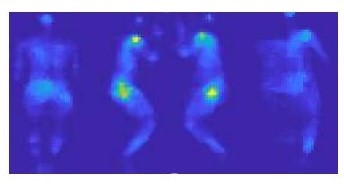
Sleep posture analysis is widely used for clinical patient monitoring. In this study, we use pressure maps collected with commercial pressure sensing mats to classify both subjects and 17 different in-bed postures, learning both tasks in parallel. By comparing the results obtained using standard deep learning architectures, we build our own model making use of a simplified version of the architecture, built from scratch.

Measuring perfomance of Clustering algorithms on high and low-dimensional binary protein datasets. Discussing and comparing the different results.
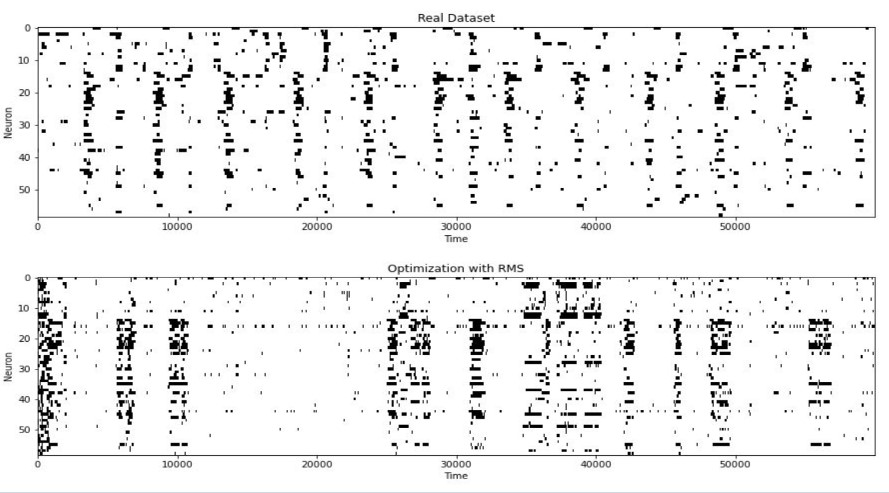
Reconstruction of visual stimuli of a zebra fish, given the neuron response at a certain time. This was done using gradient ascent tecniques given a certain log-likelihood.
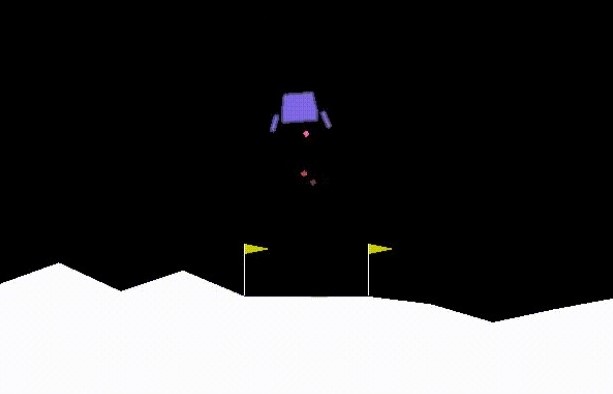
Project goal was to make the lander land onto a landing pad that is always at coordinates (0, 0). The reward for moving from the top of the screen to landing pad and zero speed is about 100, . . . , 140 points. If lander moves away from landing pad it loses reward back. Episode finishes if the lander crashes or comes to rest, receiving additional 100 or +100 points.
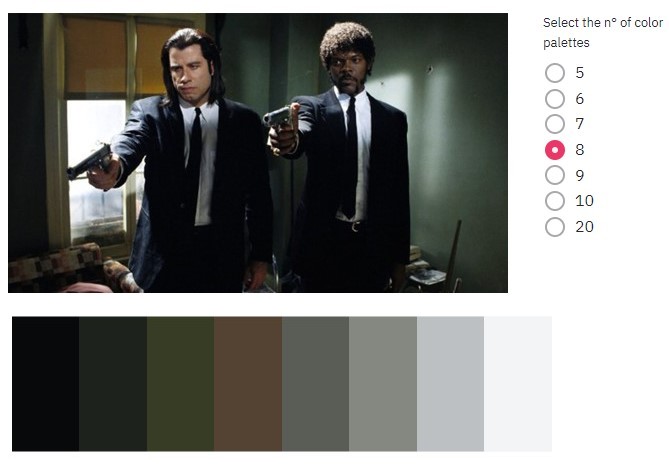
Personal project, implemented with Streamlit Python library. The goal is segment all the different colour tones of an image given by the user.
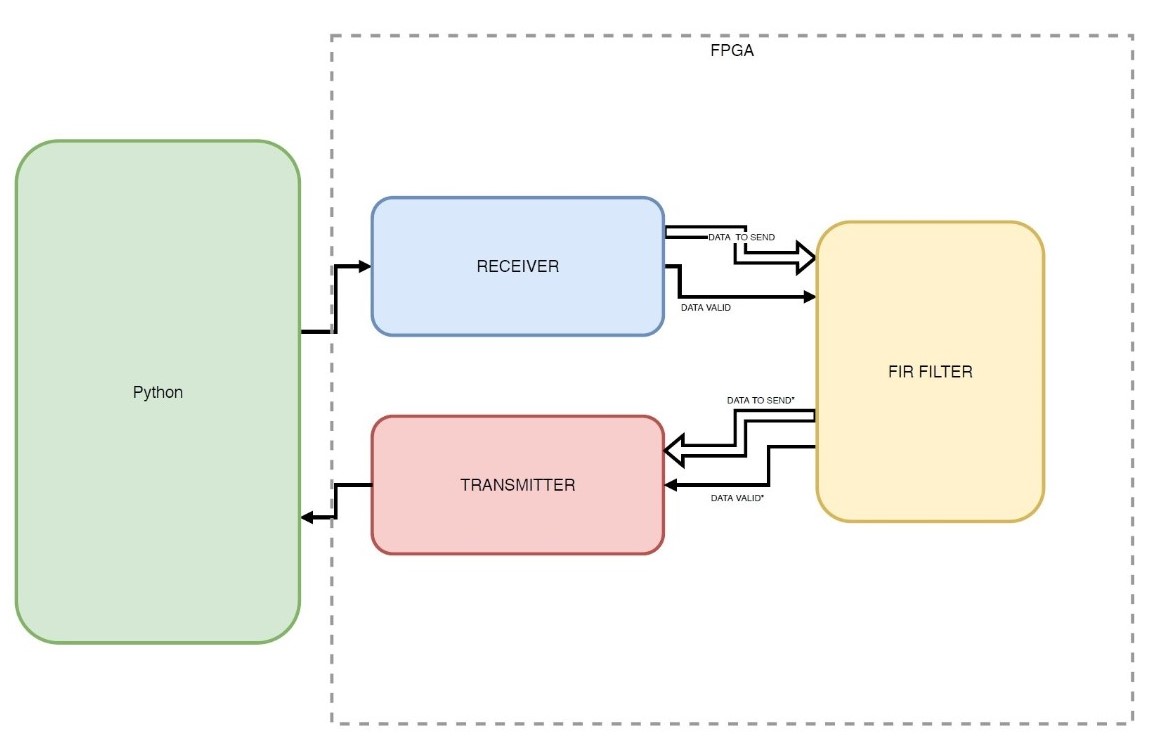
Designing of a low-Pass FIR filter both in VHDL and python to compare the results by a frequence analysis. The low-Pass FIR filter chose has 4 “taps” behavior in the frequency domain. The whole project was first testebenched via GTKwave software and then implemented with VHDL in a real FPGA.